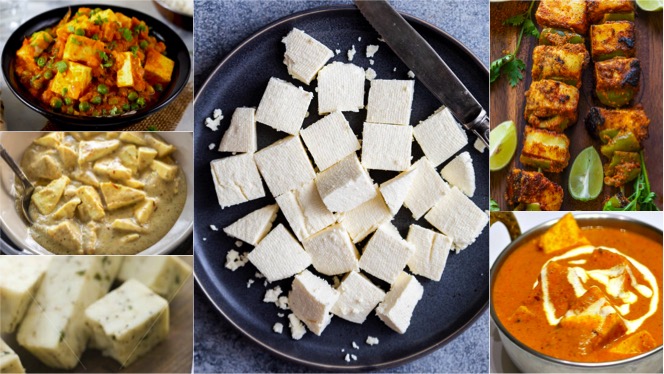Covid times has taught us a lot about healthy and nutritious food. Consumers became more aware on their food selection and intake. The consumption of animal meat products reduced to very low level . It was because of the fact that Corona has emanated out of an animal. Social media has promoted the immunity boosting qualities of paneer in a big way.
As per a research done in 2011, around 5% of total milk produced in India is converted into paneer . This sector is showing double digit growth since last few years. Large dairies like Amul, Gowardhan, Gopalji Ananda, Milkymist, etc have seen a huge growth in demand of paneer during lockdown period. Paneer is primarily made by the unorganized sector in most unhygienic conditions. There is a huge potential of this product to become part of organised supply chain of dairy sector.
These developments made Panir and Cheese the first choice of Indian consumers. Indian households made Pizza, pasta and burgers at home for kids during the lockdown with cheese. Panir on other hand emerged out as a complete and wholesome choice of all members of Indian households.
Indian dairy products lack varieties
One of the major issue with Indian dairy industry is that it lacks innovation and variety. We have been consuming same one variant of butter and paneer since ages. In country like France there are close to 5000 varieties of cheese alone. So why can not we have varieties of dairy products in our country. Flavouring paneer with herbs and other condiments offers a great opportunity for differentiating paneer.
Difference between Paneer and Cheese
Most of the consumers always use the terms paneer and cheese interchangeably. The key difference between these two products is the medium of coagulation of milk. The medium of coagulation for making channa and paneer are food grade organic acids. The coagulating medium for cheese making are cultures and enzymes.
As per FSSAI , Paneer can be manufactured under three categories. Normal or high fat, medium fat and low fat. The moisture limit of normal fat and medium fat is 60% for paneer and 65% for Channa. In case of low fat channa and paneer this limit is 70 %.
Today’s generations avoid fat in their diets because fat is no more considered as a healthy food. The classification of paneer by FSSAI has made it easier for the manufacturer to differentiate this commoditised category. The standards by default gives rise to three categories of paneer.
FSSAI’s standards for Paneer
As per standards of FSSAI normal paneer and channa will have not less than 50% of fat, medium will have 20-50% and low fat will have less than 20% fat on dry matter basis. In that case there is a natural opportunity for these categories of paneer to be high in protein . There are lots of opportunities in fusion by having paneer slices and paneer spreads similar to cheese categories.
Paneer has numerous usage in Indian cuisines. It may be ranging from shahi paneer, matar paneer to Paneer tikka. It also used as a patty or cutlet or even pakodas also under snacking . High, medium and low fat classification by FSSAI has opened up lots of opportunities for dairy sector for innovation and new product development in Paneer. Till date we are using the same paneer for making all the above paneer based dishes. In future we may have some choices ….
An article from the editor’s desk : Kuldeep Sharma


These news are useful for dairy industry and dairy professionals.
These news are helpful for dairy industry and professionals
Paneer low fat STD by fssai is below 20
I wrote to fssai that it shall have min fat limit also for example min 18% otherwise consumer will be cheated with out min limit
Consumer can not test on its own at home or at shop